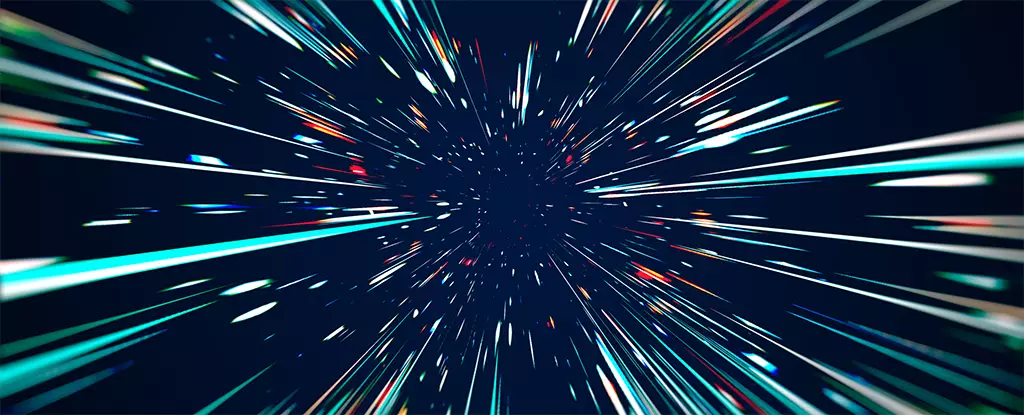The concept of warp drives, popularized in science fiction, has a basis in scientific theory. Physicist Miguel Alcubierre proposed a spacetime metric in 1994 that could support faster-than-light travel without violating the speed of light barrier. The idea involves warping spacetime around a spacecraft to enable travel at speeds exceeding the speed of light, as measured by a distant observer. This theoretical framework offers a potential workaround to the limitations imposed by Lorentz invariance.
One of the primary barriers to the realization of warp drives is the Null Energy Condition (NEC), which prohibits regions of space from having negative energy density. While there are theoretical possibilities to circumvent this limitation, practical implementation remains challenging. The control and deactivation of the warp bubble pose significant obstacles, as crew members within the bubble would be unable to communicate with the front of the spacecraft. Additionally, maintaining stability and sustainability of the warp drive metric over time is a daunting task, as no known equation of state can ensure its stability.
Despite the theoretical challenges associated with warp drives, their potential failure could lead to the emission of detectable gravitational waves. Researchers have simulated the collapse of a warp drive bubble, demonstrating that the breakdown could generate gravitational waves distinguishable from those produced by traditional compact binary mergers. The collapse of the warp bubble results in a burst signal followed by an oscillatory period, presenting a unique signature for detection.
Future Prospects and Implications
While the current frequency range of ground-based gravitational wave detectors might not capture signals from warp drives, proposals for higher frequency detectors could enhance our ability to detect such phenomena in the future. The interaction of warp drive matter with regular matter remains uncertain, posing intriguing questions about the potential impacts of warp drives on the surrounding environment.
The exploration of warp drives remains a fascinating and speculative endeavor, offering a glimpse into the possibilities of future interstellar travel. Theoretical models and thought experiments provide insight into the potential capabilities and limitations of warp drives. While the creation of gravitational waves through warp drive collapse is a compelling concept, further research and development are necessary to fully understand the detectability and implications of such phenomena.
The theoretical framework of warp drives opens up exciting prospects for future space exploration and travel. While significant scientific and technological challenges must be overcome, the potential for detecting gravitational waves generated by warp drives offers a tantalizing glimpse into the future of interstellar travel. Continued research and exploration in this field will undoubtedly yield valuable insights into the feasibility and implications of warp drive technology.


Leave a Reply